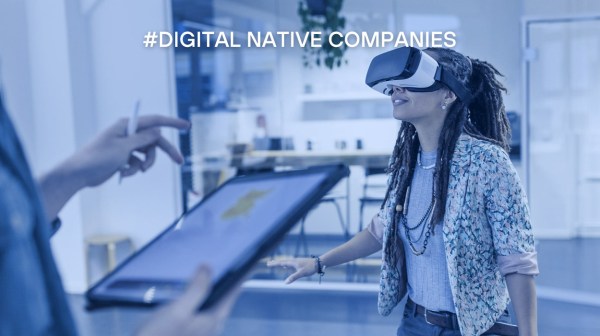What is a customer journey
Customer Journey is a chronological visual map of the interaction a customer has with a service, showing channels, tasks, emotions. It is a qualitative tool for organising user-centred information.
In order to be created, it relies on qualitative and quantitative research methods such as user, interviews, safaris, conversion funnels, among others.
However, journeys are conventions of designers, not mental models of customers mental models of customers. Organisations are usually concerned with designing customer journeys in what we call Happy Flow, but it is important to remember that customer journeys are constructs to help us have better experiences, they are not mental models that can be introduced into the minds of our customers. Therefore, knowing the reality of our users is essential to be able to improve their experience.
On the other hand, a customer may not think of their experience with our service as a timeline with ‘before, during and after’ an interaction with the product or service. So what are they for if they are idealised constructs?
They are immensely useful to design with the customer in mind and to detect possible pains and frictions in their contacts with our product or service, as well as to detect opportunities.
We design for the customer’s Journey, we don’t design the customer’s Journey.
There are several types of classifications of journeys, depending on the scope of phases (from covering the entire E2E, to focusing on a specific task), depending on whether it encompasses only the points of contact with our service or also maps other phases where we have no points of contact…
Today I am going to focus on a typology that divides Journeys according to evidence:
Assumption-based vs Research-based
Assumption-based
These are journeys that are based on assumptions. The content of these tools is based on beliefs, assumptions or intuition and not on research data. The quality of the information depends on the creator’s knowledge of the topic.
They are particularly useful in three cases:
- In the beginnings of analysis in a service that is already in production. It can be useful to help focus the research on a particular phase or channel that we sense is generating friction.
- When you want to design conversations and detect misalignment in the teams in terms of product or service vision. They are commonly used in Design Thinking dynamics to articulate these conversations.
- And a third case is when starting an innovation project to map the possible phases of a service.
For this third type of utility, the generative journeys offered by digital design platforms with the help of artificial intelligence can be useful. They can be a start of creation that can serve as a basis for starting a conceptualisation.
Research-based
The content of these tools is based on research data. If the research was done correctly, research-based tools are more important than assumption-based tools.
assumptions. This research depends on the context and the need to adjust the appropriate technique. Usability tests, diaries, tree tests and in-depth interviews are some of the most common techniques.
Most of the time journeys are a balance between assumption-based and research-based, there are points in that Journey that are researched and validated but less strategic ones have been mapped to the team’s assumptions.
Knowing how to focus on those points that do require validation is one of the most necessary skills and is worked on by the Uncertainty vs. impact matrix.










